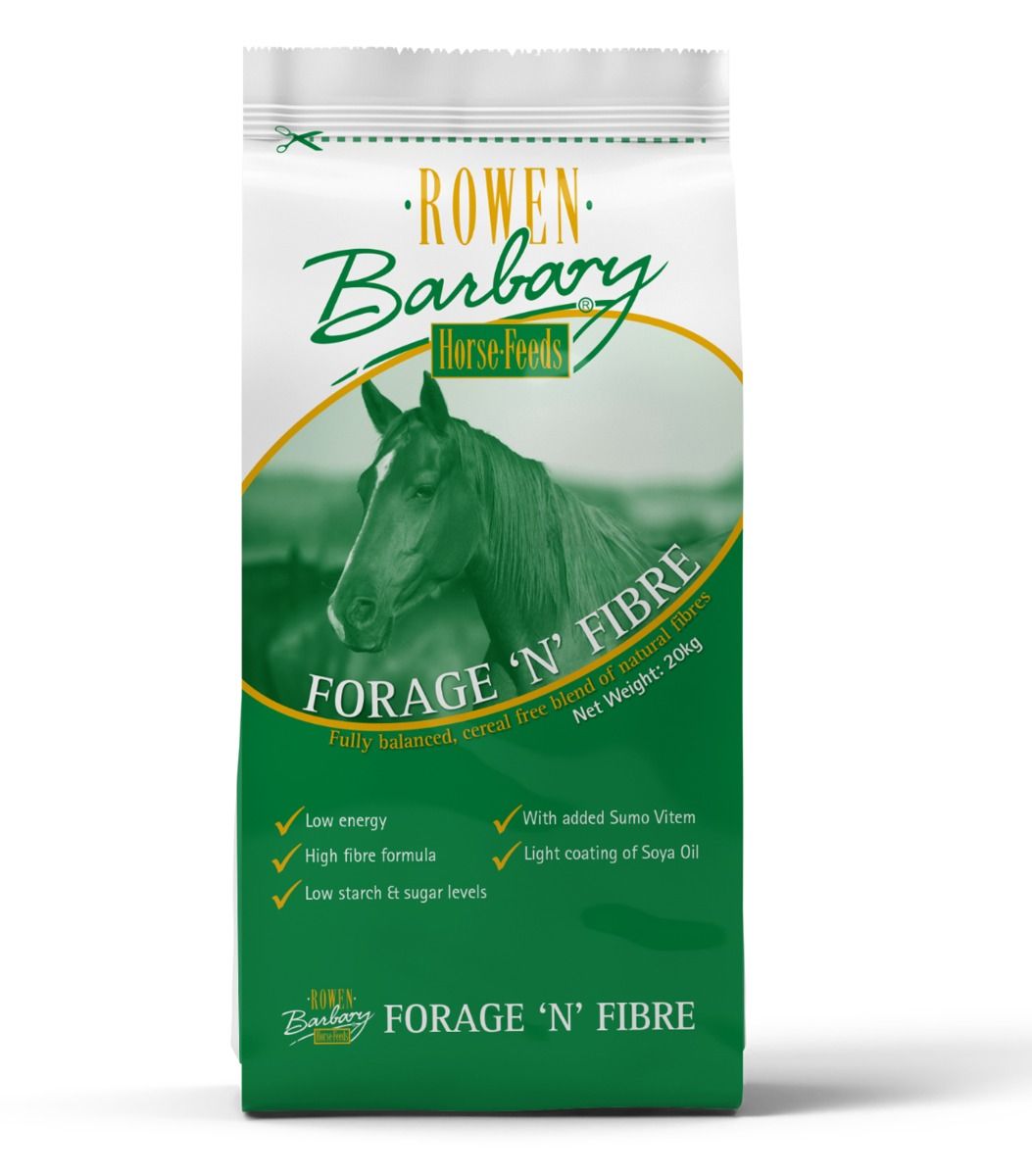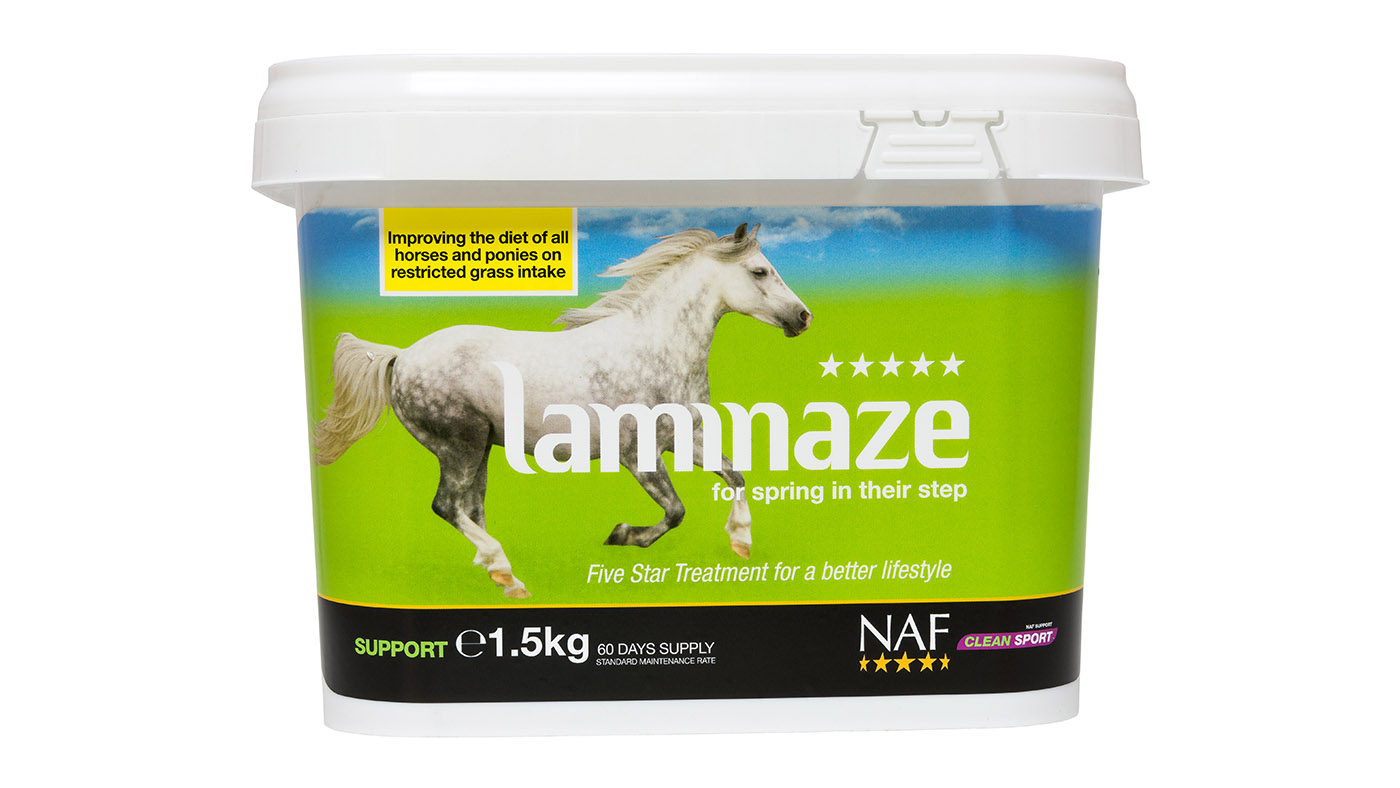Horses are majestic creatures that require proper care and attention to maintain their health and well-being. One of the conditions that horse owners may encounter is Equine Metabolic Syndrome (EMS), a metabolic disorder that can affect a horse’s overall health. Proper nutrition is essential in managing EMS and ensuring the horse’s overall health and vitality. In this article, we will discuss the dietary considerations for horses with EMS, including the types of feed, feeding practices, and nutritional guidelines to support their well-being.
Understanding Equine Metabolic Syndrome (EMS)

Equine Metabolic Syndrome is a condition that primarily affects horses and ponies, characterized by insulin dysregulation, obesity, and an increased risk of laminitis. Horses with EMS often have elevated insulin levels, which can lead to various health issues if not properly managed. The primary goals of managing EMS include controlling insulin levels, promoting weight loss if the horse is overweight or obese, and reducing the risk of laminitis.
Signs and Symptoms of EMS
Recognizing the signs and symptoms of EMS is crucial for early intervention and management. Common signs of EMS in horses may include weight gain or obesity, abnormal fat deposits, cresty neck, lethargy, insulin resistance, and an increased susceptibility to laminitis. It’s essential for horse owners to monitor their horse’s behavior, body condition, and overall health to identify any potential signs of EMS.
Diagnosis and Veterinary Care
If a horse is exhibiting signs of EMS, it’s important to consult a veterinarian for a comprehensive evaluation and diagnosis. The veterinarian may conduct various tests, including bloodwork to assess insulin levels, glucose tolerance tests, and physical examinations to determine the horse’s overall health status. Once EMS is diagnosed, the veterinarian can provide guidance on the appropriate management strategies, including dietary recommendations and potential medications to support the horse’s well-being.
Dietary Considerations for Horses with EMS

When it comes to feeding a horse with EMS, careful attention to their diet is essential for managing the condition and promoting overall health. The following dietary considerations are crucial for supporting horses with EMS:
Forage Selection
High-quality forage is a cornerstone of a horse’s diet, especially for those with EMS. Selecting low-sugar, low-starch forages such as mature grass hay, timothy hay, or ryegrass hay can help maintain stable blood sugar levels and reduce the risk of insulin spikes. Avoiding high-sugar hays and pasture grazing is important for managing EMS, as excessive sugar intake can exacerbate insulin dysregulation.
Balanced Nutritional Content
In addition to selecting appropriate forage, ensuring a balanced nutritional content in the horse’s diet is essential. This includes providing adequate levels of essential nutrients such as vitamins, minerals, and amino acids while minimizing the intake of non-structural carbohydrates (NSC) and sugars. Working with a qualified equine nutritionist can help develop a customized feeding plan tailored to the specific needs of a horse with EMS.
Weight Management
Weight management is a critical aspect of supporting horses with EMS. Maintaining a healthy body weight through controlled feeding practices and regular exercise can help reduce the risk of insulin resistance and related health complications. Monitoring the horse’s body condition score and adjusting their diet accordingly is essential for promoting gradual weight loss if necessary.
Feeding Practices
Establishing consistent feeding practices is important for horses with EMS. This includes providing small, frequent meals throughout the day to prevent large fluctuations in insulin levels. Avoiding high-starch concentrates and sugary treats is crucial, as these can disrupt insulin regulation and contribute to the development of laminitis. Additionally, providing access to clean, fresh water at all times is essential for proper hydration and digestive function.
Supplement Considerations

In addition to a well-balanced diet, certain supplements may be beneficial for horses with EMS to support their overall health and metabolic function. Supplements such as magnesium, chromium, and omega-3 fatty acids have been studied for their potential role in managing insulin resistance and promoting overall metabolic health. However, it’s important to consult with a veterinarian or equine nutritionist before introducing any supplements to ensure they align with the horse’s specific dietary needs and health status.
Exercise and Turnout

Regular exercise and turnout are important components of managing EMS in horses. Physical activity can help improve insulin sensitivity, promote weight loss, and support overall metabolic function. Providing ample turnout time in a well-managed pasture environment can encourage natural movement and grazing behavior while promoting mental and physical well-being. Incorporating a consistent exercise routine tailored to the horse’s abilities and fitness level can further support their metabolic health.
Monitoring and Evaluation

Continuous monitoring and evaluation are essential for assessing the effectiveness of the dietary and management strategies implemented for horses with EMS. Regular veterinary check-ups, bloodwork, and body condition assessments can provide valuable insights into the horse’s overall health status and response to the management plan. Adjustments to the feeding regimen, exercise routine, and overall care may be necessary based on the horse’s progress and any changes in their health status.
If you’re wondering what to feed a horse with EMS, you might want to explore our articles on how to dry a horse and how to give a horse a pill. Additionally, learning about how much oats to feed a horse can provide valuable insights into proper equine nutrition.
Conclusion

In conclusion, feeding a horse with Equine Metabolic Syndrome requires careful attention to their dietary needs and overall management strategies. By selecting appropriate forage, maintaining a balanced nutritional content, managing weight, establishing consistent feeding practices, considering supplements, promoting exercise and turnout, and monitoring their health status, horse owners can effectively support horses with EMS. Working closely with a veterinarian and equine nutritionist can provide valuable guidance in developing a tailored feeding and management plan to ensure the well-being of horses with EMS. With proper care and attention to their dietary requirements, horses with EMS can lead happy, healthy lives while managing their metabolic condition effectively.



